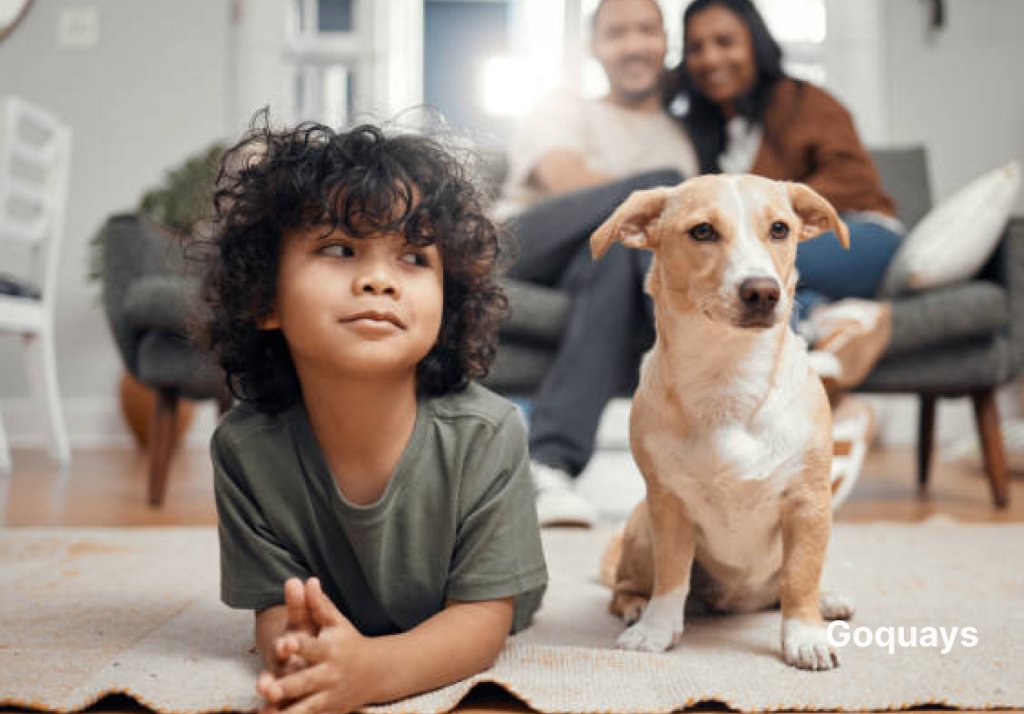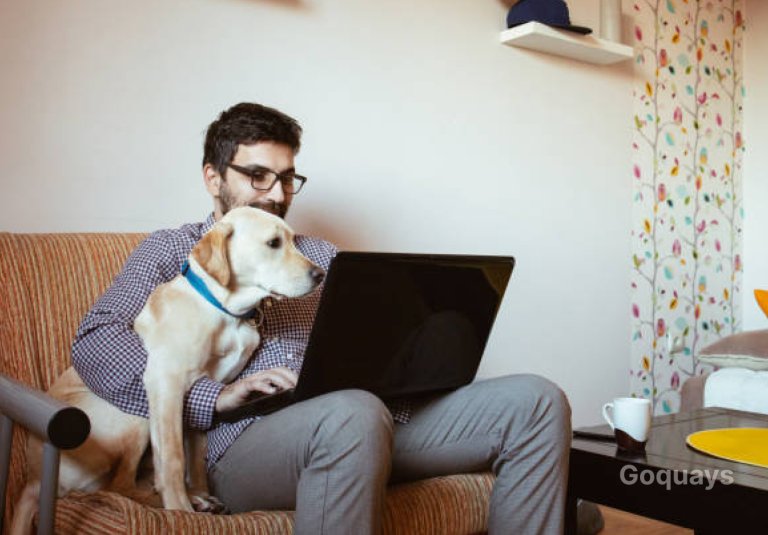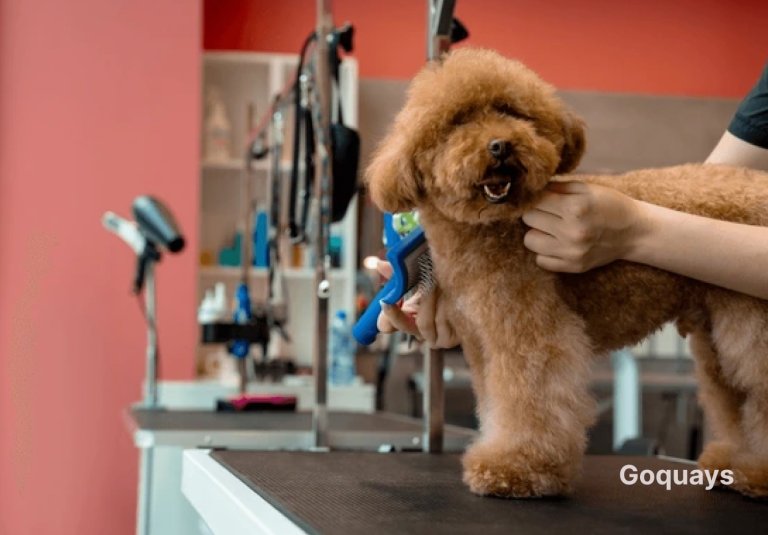Adopting a rescue dog is a profoundly rewarding experience that not only provides a loving home to a deserving animal but also enriches your life with unwavering companionship. However, integrating a rescue dog into your household requires thoughtful preparation, patience, and a deep understanding of their unique needs. Many rescue dogs have faced challenging pasts, including neglect or abandonment, which can influence their behavior and adjustment period in a new environment. By equipping yourself with the right knowledge and resources, you can ensure a smooth transition and foster a nurturing environment where your new canine companion can thrive. This guide aims to provide comprehensive insights into offering the best care for your rescue dog, covering essential aspects from preparing your home to addressing their health and emotional well-being.
Tips for preparing your home for a rescue dog
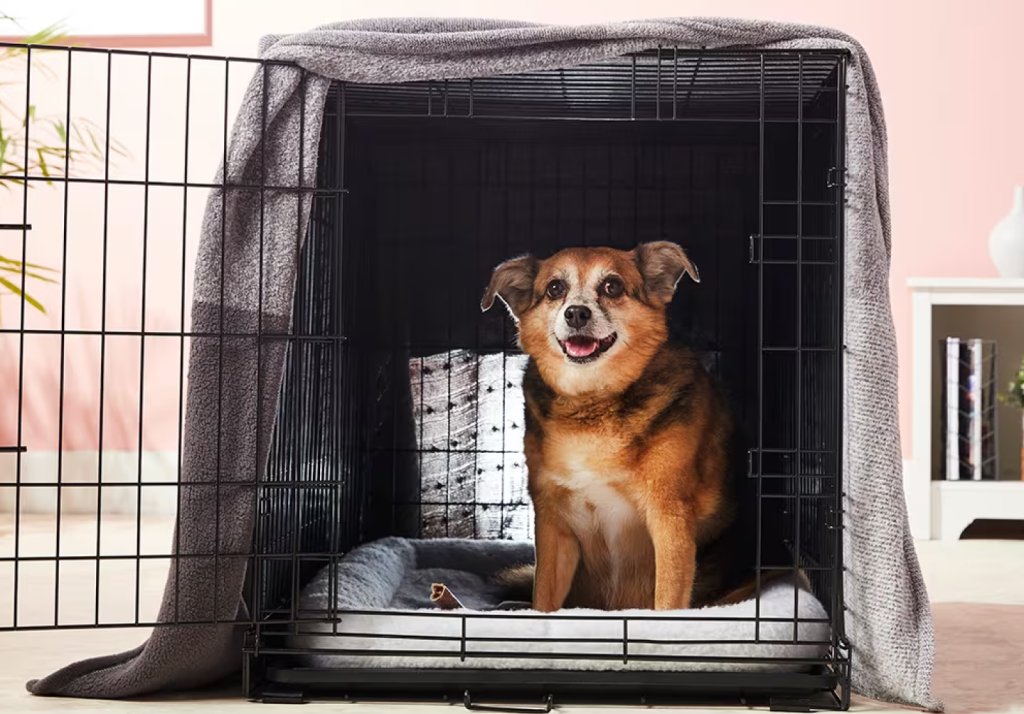
Bringing a rescue dog into your home is a rewarding experience that requires thoughtful preparation to ensure a smooth transition for both you and your new companion. Here’s how to get your home ready:
- Create a Safe Space: Designate a quiet area in your home where your dog can retreat and feel secure. This could be a specific room or a cozy corner equipped with a comfortable bed or crate.
- Remove Hazards: Conduct a thorough check of your home for potential dangers. Secure loose wires, store chemicals and medications out of reach, and remove any small objects that could be swallowed.
- Secure Your Yard: If you have an outdoor space, ensure fences are intact and gates latch securely to prevent escapes.
- Establish Boundaries: Decide which areas of your home will be off-limits to your dog and set up barriers like baby gates if necessary.
- Introduce Family Members: Discuss roles and responsibilities with all household members to maintain consistency in care and training.
- Plan for Arrival: Schedule your dog’s arrival for a time when you can be home for several days to help them adjust.
Rescue dog checklist
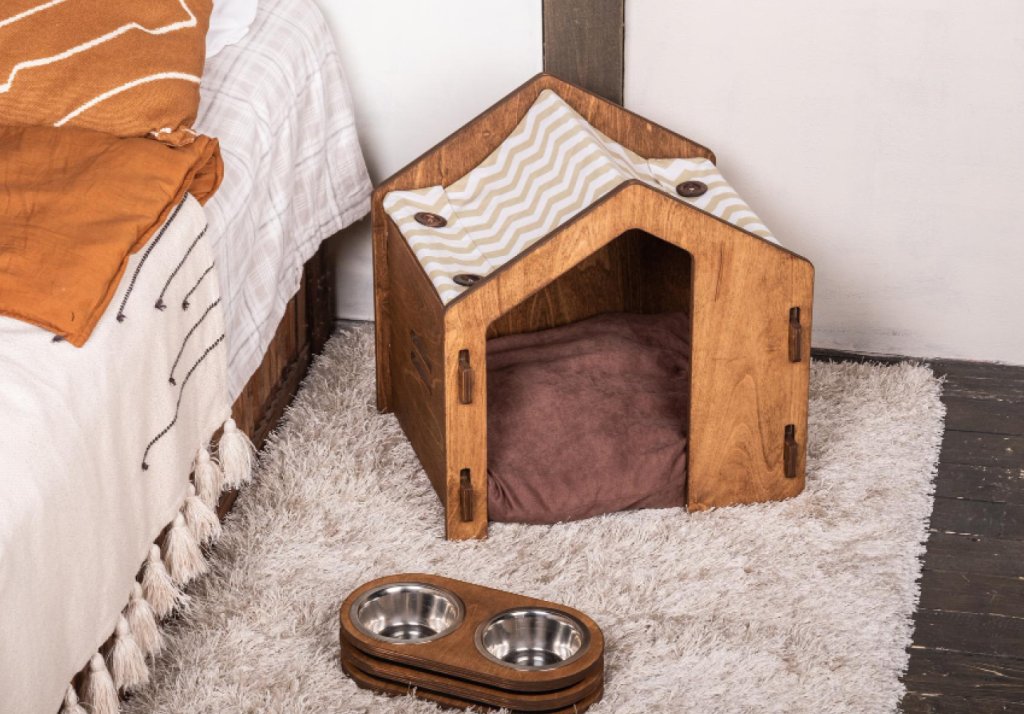
Before bringing your rescue dog home, ensure you have the following essentials:
- Food and water bowls: Opt for stainless steel or ceramic bowls for durability and hygiene.
- High-quality dog food: Consult with the shelter or a veterinarian to choose appropriate nutrition.
- Bedding: Provide a comfortable bed or crate with soft bedding.
- Collar and leash: Ensure the collar fits well and includes an ID tag with your contact information.
- Toys: Offer a variety of toys to keep your dog engaged and help alleviate anxiety.
- Grooming supplies: Have brushes, dog-friendly shampoo, and nail clippers on hand.
- Waste bags: Stock up on bags for cleaning up after your dog during walks.
- Training aids: Consider items like clickers or treat pouches to assist with training.
Having these items ready will help your rescue dog feel comfortable and assist in their transition to your home.
Red flags when adopting a dog
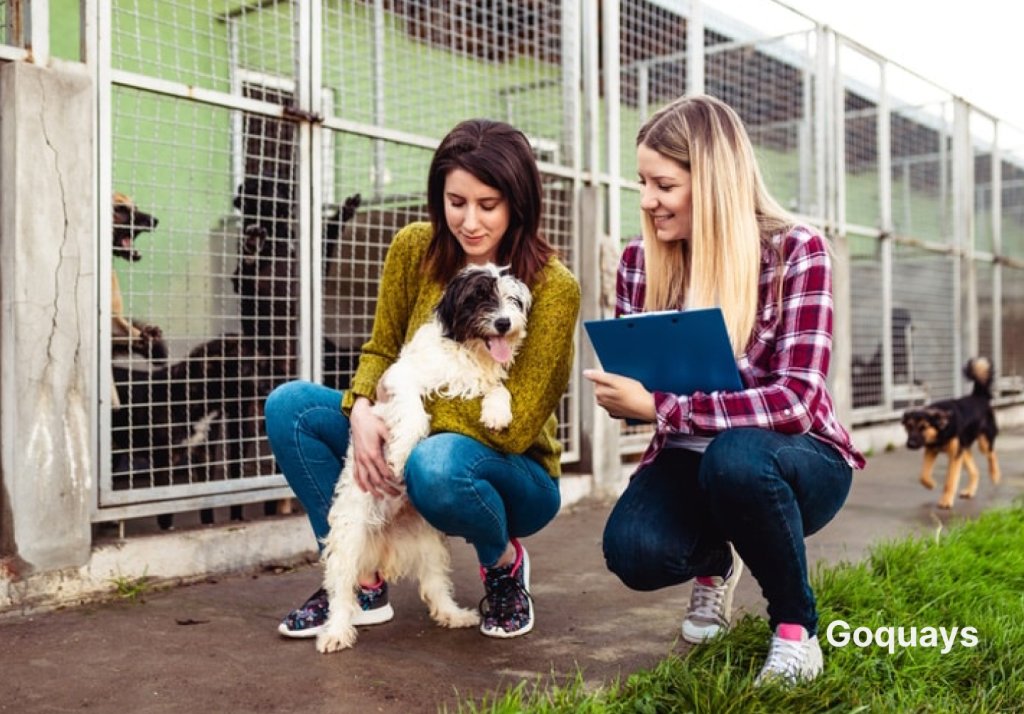
When adopting a dog, it’s important to be vigilant and recognize potential warning signs to ensure a responsible and informed decision:
- Limited information: Be cautious if the shelter or rescue organization cannot provide detailed information about the dog’s health history, behavior, or background. Transparency is key in understanding the dog’s needs and any potential challenges.
- Pressure to adopt quickly: Reputable organizations encourage thoughtful decision-making. If you feel rushed or pressured to adopt without adequate time to consider, it may be a red flag.
- No adoption process: A lack of a formal adoption process, including applications, interviews, and home checks, can indicate a less responsible organization. These steps are essential to ensure the right match between the dog and adopter.
- Avoidance of questions: If staff are unwilling or unable to answer your questions about the dog’s temperament, medical needs, or behavior, this could signal underlying issues.
- Poor facility conditions: Observe the cleanliness and overall environment of the shelter. Unsanitary or overcrowded conditions can reflect the level of care provided to the animals.
No post-adoption support: Reputable organizations often offer resources or support after adoption. The absence of this can be concerning, especially for first-time dog owners.
The first night with a rescue dog

Bringing a rescue dog home for the first time is a significant event for both you and your new companion. To ensure a smooth transition, it’s essential to create a calm and quiet environment that helps your dog feel secure.
- Prepare a comfortable space: Designate a specific area in your home where your dog can retreat and feel safe. This could be a cozy corner with a comfortable bed or an open crate lined with soft bedding. Providing such a space allows your dog to decompress and observe their new surroundings at their own pace.
- Maintain a peaceful atmosphere: Keep the environment tranquil by minimizing loud noises and limiting the number of visitors. Avoid introducing other pets or unfamiliar people during this initial period. A serene setting helps reduce stress and prevents your dog from feeling overwhelmed.
- Establish a aoutine: Dogs thrive on consistency. Begin implementing a schedule for feeding, walks, and bedtime from the very first night. This predictability provides a sense of security and helps your dog understand what to expect in their new home.
- Monitor and be patient: It’s normal for rescue dogs to exhibit signs of anxiety, such as restlessness or whining, during their first night. Offer gentle reassurance without forcing interaction. Allow them to explore their space and approach you when they feel comfortable. Patience is key in building trust.
5. Limit space initially: To prevent accidents and help your dog adjust, restrict access to the entire house initially. Gradually introduce them to different areas as they become more comfortable and confident.
The first seven days with a rescue dog
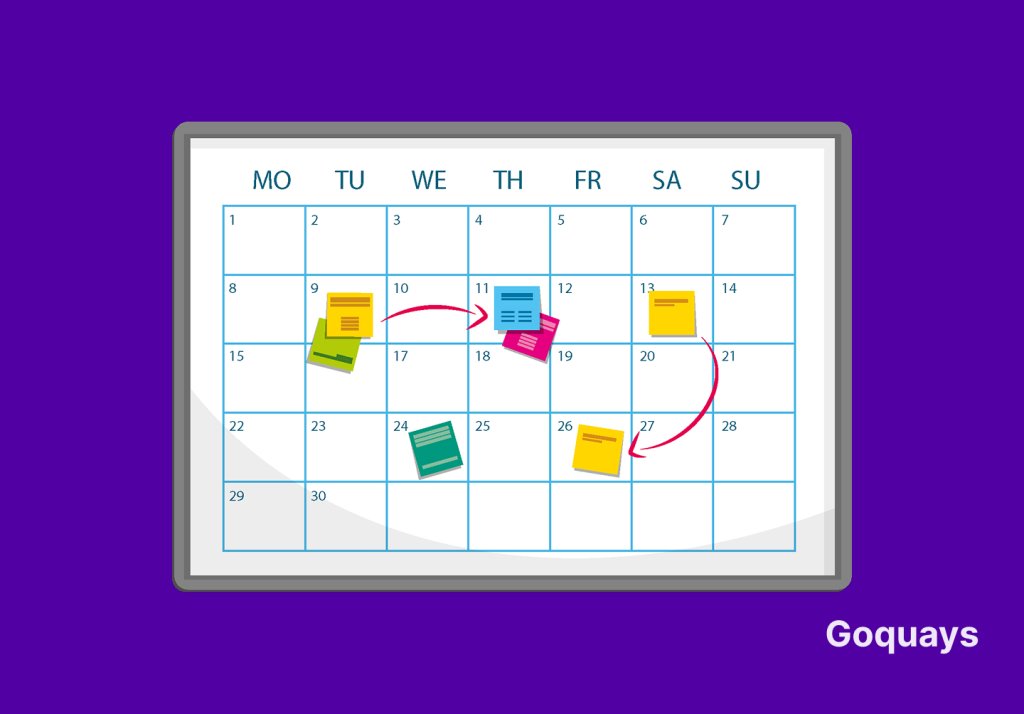
The initial week with your rescue dog is pivotal in building trust and helping them adjust to their new environment. Establishing a consistent routine and providing gentle guidance are key components of this process.
Day 1-2: Allow Decompression
Give your dog time to explore their new home at their own pace. Limit introductions to immediate family members and keep interactions calm and positive. Avoid overwhelming them with excessive attention or new experiences.
Day 3-4: Introduce Basic Training
Begin teaching simple commands like “sit,” “stay,” and “come” using positive reinforcement techniques. Short, frequent training sessions help establish communication and build confidence. Consistency is crucial, so ensure all family members use the same commands and reward system.
Day 5-6: Gradual Socialization
Once your dog seems more comfortable, slowly introduce them to new experiences, such as short walks in low-traffic areas. Observe their reactions and provide reassurance as needed. Avoid crowded places or overwhelming situations during this early stage.
Day 7: Assess and Plan Ahead
Reflect on the week’s progress and identify any areas that may require additional attention, such as specific fears or behavioral challenges. Consider scheduling a veterinary check-up to ensure your dog’s health and discuss any concerns.
General Tips for the First Week:
- Patience is Key: Understand that adjusting to a new home is a significant change for your dog. Be patient and allow them to set the pace for interactions and exploration.
- Monitor Behavior: Keep an eye on your dog’s behavior and body language to gauge their comfort level. Address signs of stress or anxiety promptly with calming techniques.
Avoid Overstimulation: Limit exposure to new stimuli to prevent overwhelming your dog. Gradually introduce new people, pets, and environments over time.
The 3-3-3 Rule of Adopting a Rescue Dog
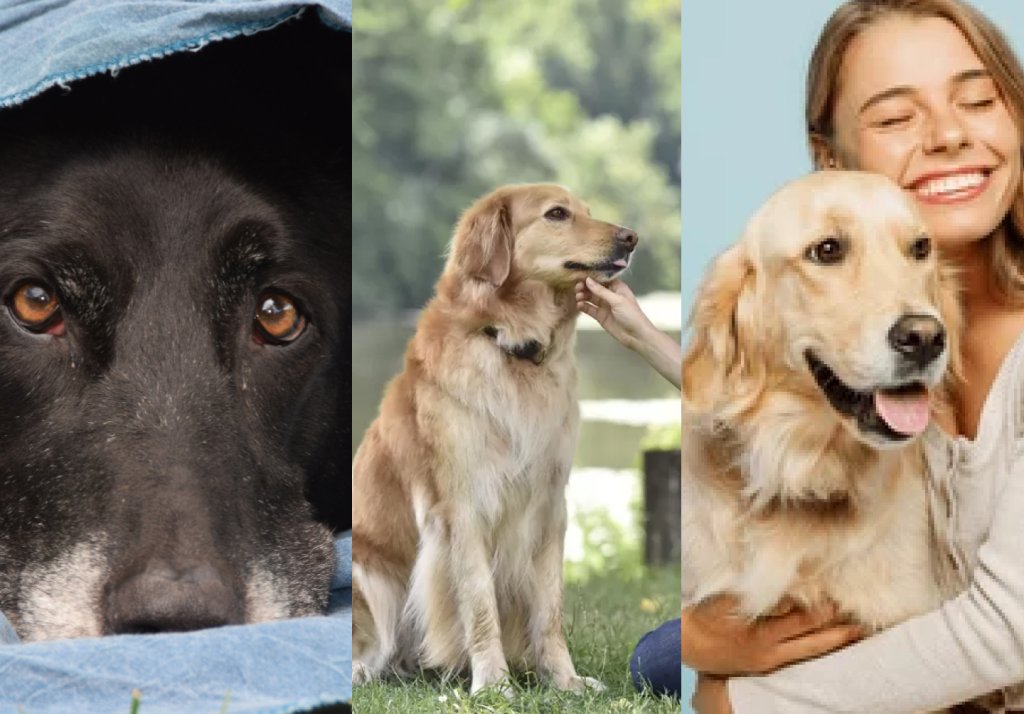
Adopting a rescue dog is a rewarding experience that requires patience and understanding. The 3-3-3 rule serves as a general guideline to help new pet owners navigate the adjustment period. This rule outlines three critical phases: the first three days, the first three weeks, and the first three months.
First three days: Decompression
In the initial 72 hours, your new dog may feel overwhelmed by the drastic change in environment. It’s common for them to exhibit behaviors such as withdrawal, lack of appetite, or seeking solitude. During this period, provide a quiet and comfortable space where they can retreat and feel secure. Minimize exposure to new stimuli and allow them to explore their surroundings at their own pace. Avoid forcing interactions; instead, let the dog initiate contact to build trust gradually.
First three weeks: Learning the routine
As your dog becomes more comfortable, they will start to understand the household routine. This is an opportune time to establish consistent schedules for feeding, walks, and bedtime. Introduce basic training commands using positive reinforcement techniques to set behavioral expectations. Socialization should be approached cautiously; observe your dog’s reactions and proceed based on their comfort level. Patience is crucial, as each dog adapts differently.
First three months: Building trust and bonding
By the third month, many dogs begin to feel at home and display their true personality. Continue reinforcing training and providing mental stimulation through interactive play and challenges. Strengthen your bond by spending quality time together, engaging in activities that your dog enjoys. Be attentive to their needs and responsive to any signs of discomfort or anxiety. Remember, building a trusting relationship is an ongoing process that requires dedication and empathy.
How to make a rescue dog feel safe

Ensuring your rescue dog feels safe is paramount to their well-being and successful integration into your home. Creating a secure environment involves thoughtful preparation and mindful interactions.
- Provide a designated safe space: Allocate a specific area in your home where your dog can retreat when feeling anxious or overwhelmed. This could be a quiet room or a cozy crate equipped with comfortable bedding and familiar items. Respect their need for solitude and avoid disturbing them when they are in this space.
- Maintain a calm environment: Minimize loud noises and sudden movements that could startle your dog. Keep household activities predictable and avoid introducing too many new experiences simultaneously. Gradually expose your dog to different parts of the home and new family members, allowing them to adjust at their own pace.
- Establish consistent routines: Dogs thrive on consistency. Set regular schedules for feeding, walks, and rest periods. Predictable routines provide a sense of security and help your dog understand what to expect, reducing anxiety.
- Use positive reinforcement: Encourage desired behaviors by rewarding your dog with treats, praise, or playtime. Positive reinforcement builds confidence and reinforces the bond between you and your pet. Avoid punitive measures, as they can erode trust and exacerbate fear-based behaviors.
How to introduce your rescue dog to other pets
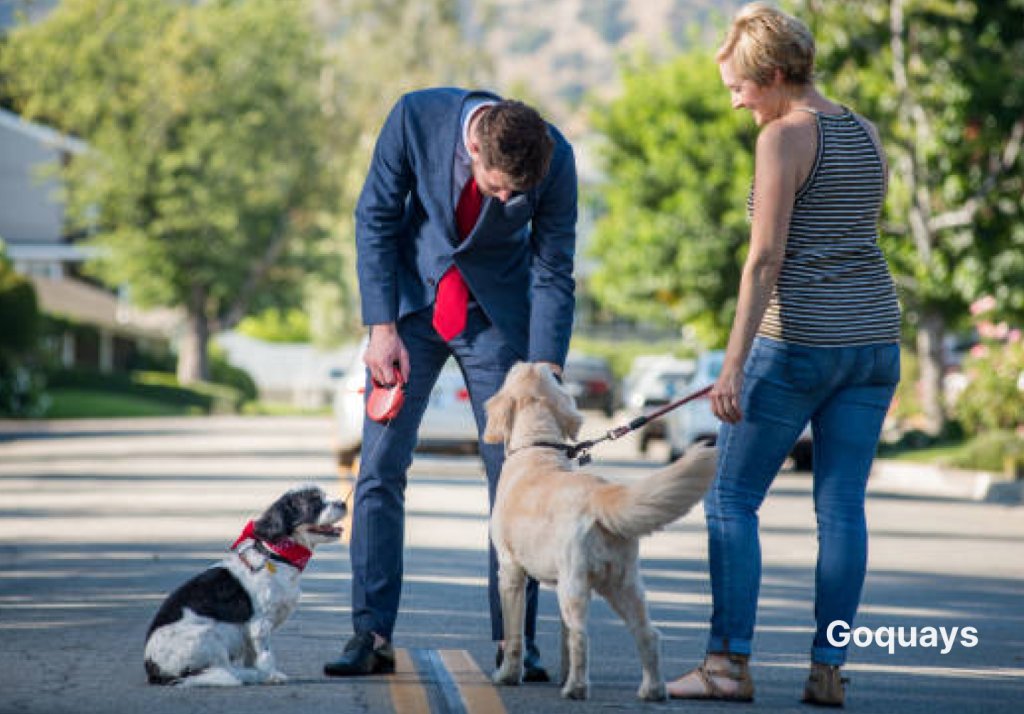
Introducing a rescue dog to existing pets requires careful planning to ensure harmonious relationships. A gradual and controlled approach minimizes stress and reduces the likelihood of territorial disputes.
- Conduct neutral territory meetings
Arrange the initial introduction in a neutral location, such as a park, to prevent territorial behavior. Both animals should be on leashes, handled by separate individuals. Allow them to observe each other from a distance, gradually decreasing the gap as they display calm behavior. Monitor their body language closely for signs of aggression or fear.
- Supervise home interactions
Once comfortable with each other’s presence, bring them into the home environment. Supervise all interactions and keep initial meetings short. Provide separate spaces for each pet to retreat if needed. Avoid forcing interactions; allow them to approach each other voluntarily.
- Maintain individual attention
Ensure that each pet receives individual attention and resources, such as food bowls and toys, to prevent competition. Reinforce positive interactions with praise and treats. Be patient, as building amicable relationships between pets can take time.
How soon after adopting a rescue dog should you go to the vet
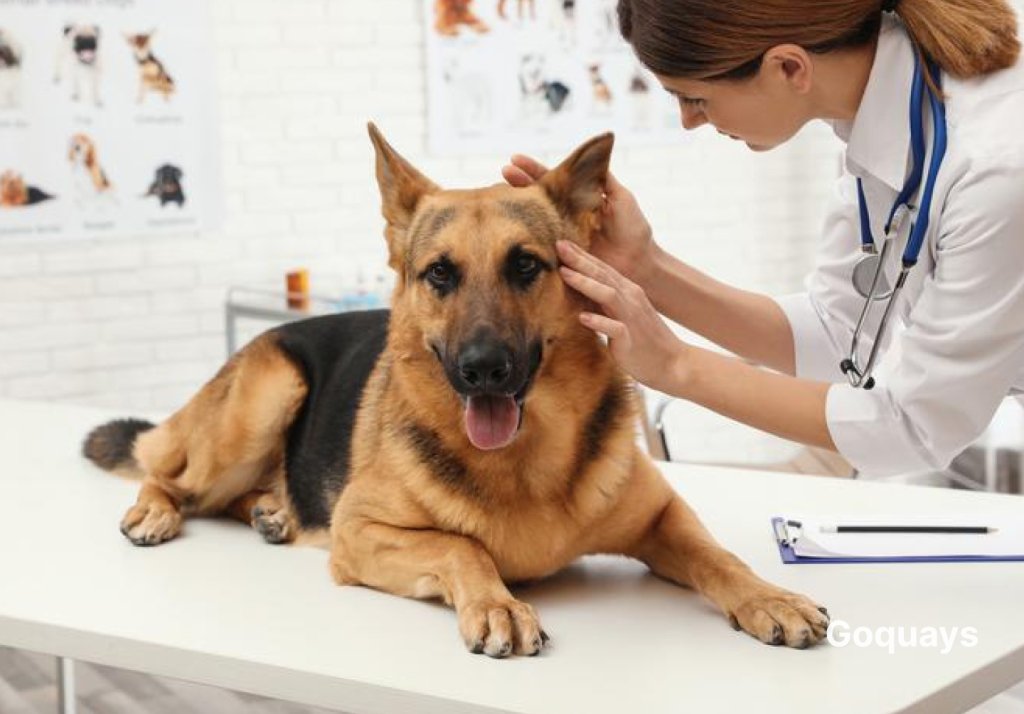
Bringing a rescue dog into your home is a compassionate decision that comes with important responsibilities, one of which is ensuring their health and well-being. It is advisable to schedule a veterinary appointment within the first week of adoption. This prompt visit allows the veterinarian to conduct a comprehensive health assessment, addressing any immediate concerns and establishing a baseline for future care.
During this initial examination, the veterinarian will review any available medical history and perform a thorough physical check-up. Key areas of focus include evaluating the dog’s weight, dental health, skin condition, and checking for signs of parasites or infections. Even if the rescue organization has provided prior medical care, an independent evaluation ensures that no issues are overlooked.
Vaccinations are another critical aspect addressed during the first visit. The veterinarian will verify which immunizations have been administered and determine if any boosters or additional vaccines are necessary. This is particularly important for preventing common canine diseases and ensuring your dog’s long-term health.
Furthermore, this appointment provides an opportunity to discuss and implement a preventive care plan tailored to your dog’s specific needs. Topics such as nutrition, exercise, dental care, and behavioral training can be covered, setting the foundation for a healthy and harmonious relationship. Early veterinary intervention not only addresses existing health concerns but also aids in preventing potential issues, ensuring your rescue dog adapts comfortably to their new environment.
Common rescue dog health problems and how to treat them
Rescue dogs may have been exposed to various conditions that can impact their health. Being aware of common health issues enables proactive care and timely treatment.
- Malnourishment: Due to previous neglect, some rescue dogs may suffer from malnutrition, leading to weight loss and weakened immunity. Providing a balanced, nutrient-rich diet is essential. Consult with your veterinarian to develop a feeding plan that gradually restores your dog’s health without overwhelming their digestive system.
- Parasites: Internal parasites like worms and external ones such as fleas and ticks are common in rescue dogs. These can cause discomfort and lead to more severe health issues if untreated. A veterinarian can perform diagnostic tests and prescribe appropriate deworming medications or topical treatments to eradicate these parasites.
- Dental problems: Poor dental hygiene can result in plaque buildup, gum disease, and tooth loss. Regular dental check-ups, professional cleanings, and at-home care like brushing can prevent and address these issues.
- Skin conditions: Neglect or unsanitary living conditions may lead to skin infections, mange, or allergies. Symptoms include itching, redness, and hair loss. Treatment varies from medicated shampoos to oral medications, depending on the severity and cause.
Heartworm Disease: Transmitted through mosquito bites, heartworm is a serious condition that can be fatal if untreated. Prevention is crucial; however, if a dog is diagnosed, treatment involves a series of injections and strict rest. Regular testing and preventive medication are essential components of ongoing care.
How to train a rescue dog
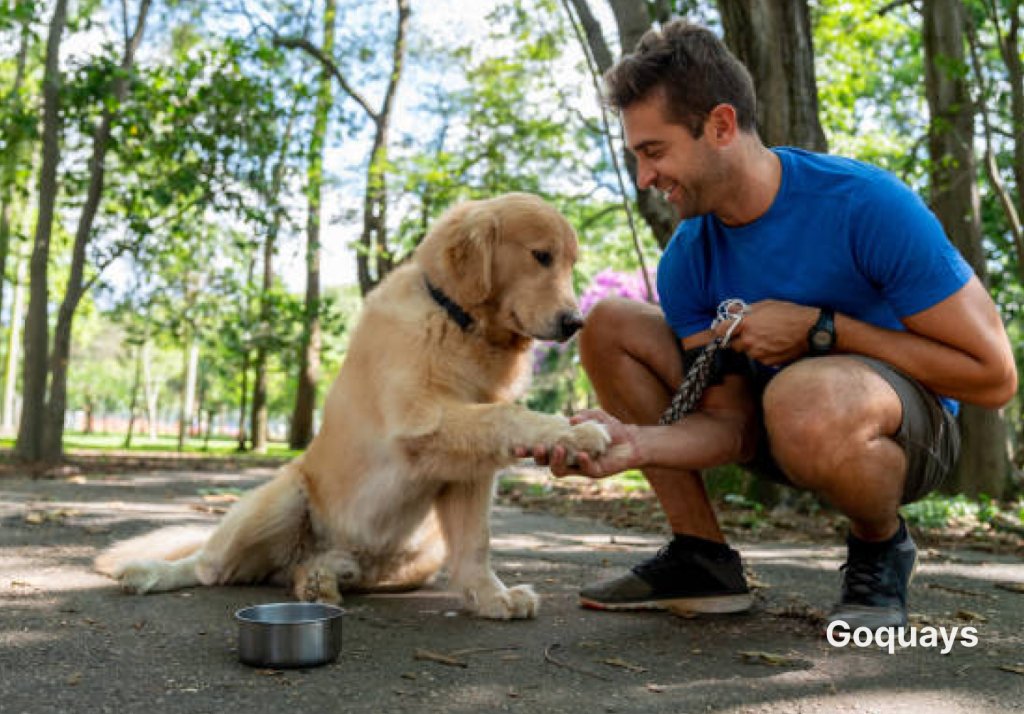
Training your rescue dog is a journey that requires patience, consistency, and a positive approach. Establishing a routine is crucial; dogs thrive on predictability, and a consistent schedule helps them feel secure. Use positive reinforcement techniques, such as treats and praise, to encourage desired behaviors. For example, when your dog follows a command like “sit” or “stay,” immediately reward them to reinforce the behavior. This method strengthens your bond and builds trust. Keep training sessions short and focused, around 10-15 minutes, to maintain your dog’s attention and prevent frustration. Remember, every dog learns at their own pace, so celebrate small victories along the way.
Patience and empathy are your most valuable tools in training and caring for a rescue dog. Understand that setbacks may occur, and your dog may need extra time to adapt to new experiences. Provide a safe and loving environment where your dog feels secure and valued. Your consistent support and understanding will pave the way for a trusting and fulfilling relationship. Remember, adopting a rescue dog is a commitment to providing a better life for an animal in need, and with dedication, you can help your dog overcome past traumas and build a happy future.
How to make a rescue dog happy
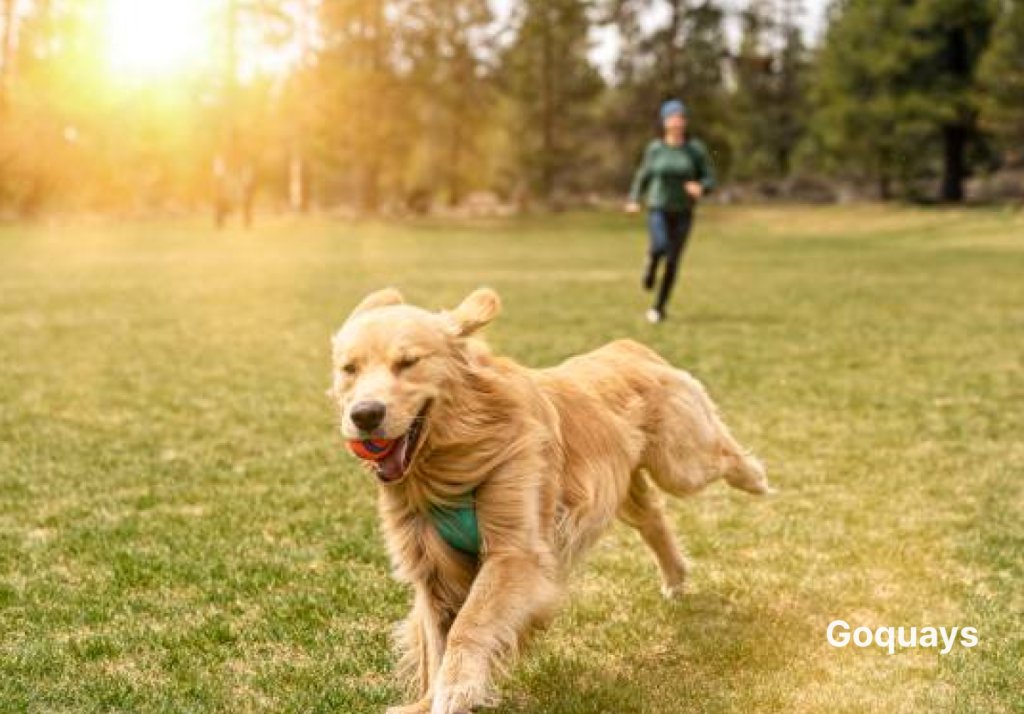
Ensuring your rescue dog’s happiness involves meeting their physical and mental needs. Regular exercise is vital; daily walks and play sessions help burn off energy and reduce anxiety. Mental stimulation is equally important. Engage your dog with puzzle toys, scent games, or training new tricks to keep their mind active. Providing a variety of toys and rotating them can prevent boredom.
Additionally, create a safe and comfortable environment at home where your dog can relax. Establishing a consistent routine helps your dog feel secure and understand what to expect. Building a strong bond through positive interactions and understanding your dog’s unique personality will contribute significantly to their overall happiness.
Remember, every dog is unique, and their needs may vary. Observing your dog’s behavior and preferences will guide you in providing the best care possible, ensuring a happy and fulfilling life together.
What is the hardest part of adopting a rescue dog
Adopting a rescue dog is a noble endeavor that brings immense joy and companionship. However, it’s important to recognize and prepare for the challenges that often accompany integrating a rescue dog into your home. One of the most significant hurdles is building trust and addressing behavioral issues stemming from past trauma or neglect.
Many rescue dogs have experienced adverse situations that can manifest as fear, anxiety, or specific behavioral issues. Recognizing signs such as cowering, reluctance to engage, or defensive behaviors is crucial. These behaviors are often coping mechanisms developed from previous negative experiences. For instance, a dog that has faced neglect may exhibit signs of anxiety or fear, making it essential to approach them with patience and understanding.
Also, building trust with your rescue dog requires consistent positive interactions. Utilizing positive reinforcement techniques, such as offering treats, praise, and affection when your dog exhibits desired behaviors, helps in creating a positive association with you and their new environment. This approach encourages repetition of good behaviors and fosters a sense of security.
It’s essential to set realistic expectations and understand that progress may be gradual. Some behaviors may take time to modify, and setbacks can occur. Patience is key; celebrate small victories and remain consistent in your approach. Remember, the goal is to create a safe and loving environment where your dog can heal and thrive.
How long does it take for a dog to adjust to a new home
The adjustment period for a rescue dog varies widely; some may settle in within a few weeks, while others might take several months. Factors influencing this include the dog’s past experiences, personality, and the environment you provide. During this time, maintain a consistent routine to help your dog understand what to expect. Be patient and provide plenty of positive reinforcement as they learn the rules of their new home. It’s normal for dogs to exhibit cautious behavior initially, but with time and support, they’ll become more comfortable and confident in their new surroundings.

